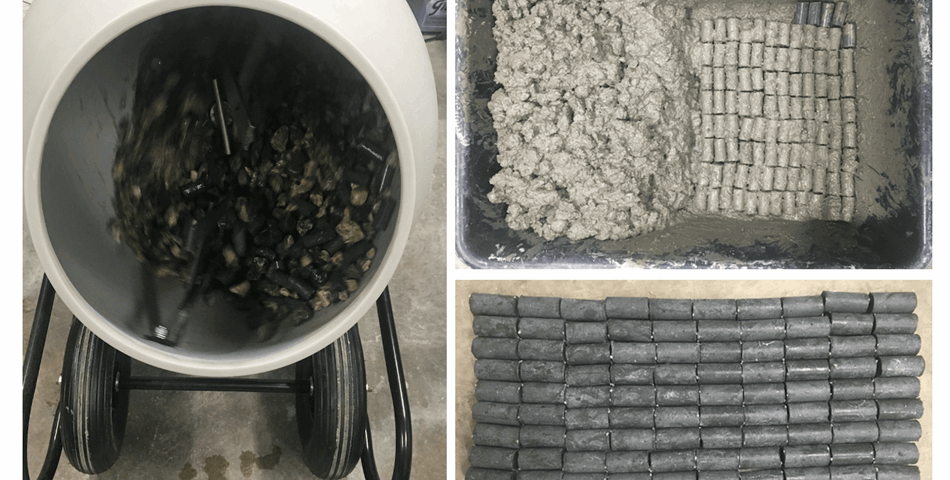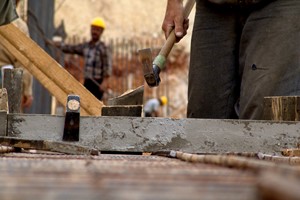Smart surfaces are material surfaces capable of rearranging composition and enhancing functionality, on their own, as a response to ambient environment changes. Smart surfaces are of various types, each with unique features and capabilities. Floors can be smart in that they are capable of generating heat, monitoring steps of those walking over them and also convert such movements into useful data. There is also the smart glass being used in windows of buildings and homes where it performs the function of dimming on commands, given through apps. Nonetheless, the major criterion making surfaces smart is the underlying technology, which can be either passive or active. Active technologies constitute technologies known to the user. The user is able to interact directly with active technology. Passive technology represents the opposite. Users are not able to interact with it directly but the technology still contributes to certain functions of things used by the user. Smart surfaces are mostly constructed using contiguous material set as a single layer. They are also constructed like laminates and self-healing paints which are applied at scale in the form of spray. In smart windows for instance, specialized materials are sprayed between the glass layers for providing them with abilities of automatic dimming and energy generation. A few technologies also use screen printed layers for adding conductive inks. These inks work as electrodes offering the sensing functionality.
Amid the COVID-19 crisis, the global market for Smart Surfaces estimated at US$9.4 Billion in the year 2022, is projected to reach a revised size of US$60.6 Billion by 2026, growing at a CAGR of 55.8% over the analysis period. Self-Cleaning, one of the segments analyzed in the report, is projected to grow at a 51.4% CAGR to reach US$32.6 Billion by the end of the analysis period. After a thorough analysis of the business implications of the pandemic and its induced economic crisis, growth in the Self-Healing segment is readjusted to a revised 55.4% CAGR for the next 7-year period. This segment currently accounts for a 25% share of the global Smart Surfaces market. Self-sensing and self-healing concrete have already been proven for their capabilities in lab settings, and are being developed for use in real life construction industry. Such smart surface materials are expected to play an important role in ensuring that lifespan of structures is increased, thus reducing costs and improving maintainability.
The U.S. Market is Estimated at $3 Billion in 2022, While China is Forecast to Reach $12.4 Billion by 2026
The Smart Surfaces market in the U.S. is estimated at US$3 Billion in the year 2022. The country currently accounts for a 32.02% share in the global market. China, the world's second largest economy, is forecast to reach an estimated market size of US$12.4 Billion in the year 2026 trailing a CAGR of 67.4% through the analysis period. Among the other noteworthy geographic markets are Japan and Canada, each forecast to grow at 47.8% and 51.7% respectively over the analysis period. Within Europe, Germany is forecast to grow at approximately 50.4% CAGR while Rest of European market (as defined in the study) will reach US$20.5 Billion by the close of the analysis period.
In the years ahead, demand will increase for smart antiviral surfaces from the healthcare and medical sectors, owing to the coronavirus pandemic. One of the key attributes of smart surfaces is the ability to self-clean and self-heal. These attributes are anticipated to become more critical for the construction end-use sector. In the automotive industry demand for smart windshields and smart windows would increase significantly. Automakers are also increasingly incorporating self-cleaning seat covers and mats. Smart surfaces are a major component of smart solar panels. Growing penetration of solar energy therefore will also guarantee strong demand growth for smart surfaces over the coming years. Regulatory frameworks in individual countries will also play an important role in shaping growth in the market. The landscape in developed country markets for instance is highly skeptical, which can result in a slow growth. For this reason, several major manufacturers are currently eyeing developing country markets, with a relatively more favorable regulatory framework. There is also no standardization currently, which is another key hurdle for growth. Technology developers are focusing on just a few applications because there is no standardization. This is hampering potential of the market for revenue generation.
Self-Assembling Segment to Reach $17.2 Billion by 2026
Self-assembly refers to the process in which disordered system of existing components are formed into an organized pattern or structure as a result of local interactions among various components themselves, without the need for any external stimuli or human intervention. Self-assembly can be either dynamic or static. Global market for Self-Assembling (Material Type) segment is estimated at US$944 Million and is projected to reach US$17.2 Billion by 2026 reflecting a compounded annual growth rate of 61.7% over the analysis period. Europe constitutes the largest regional market for Self-Assembling segment, accounting for 30.5% of the global sales. China is poised to register the fastest compounded annual growth rate of 74.4% over the analysis period, to reach US$6.6 Billion by the end of the analysis period.













